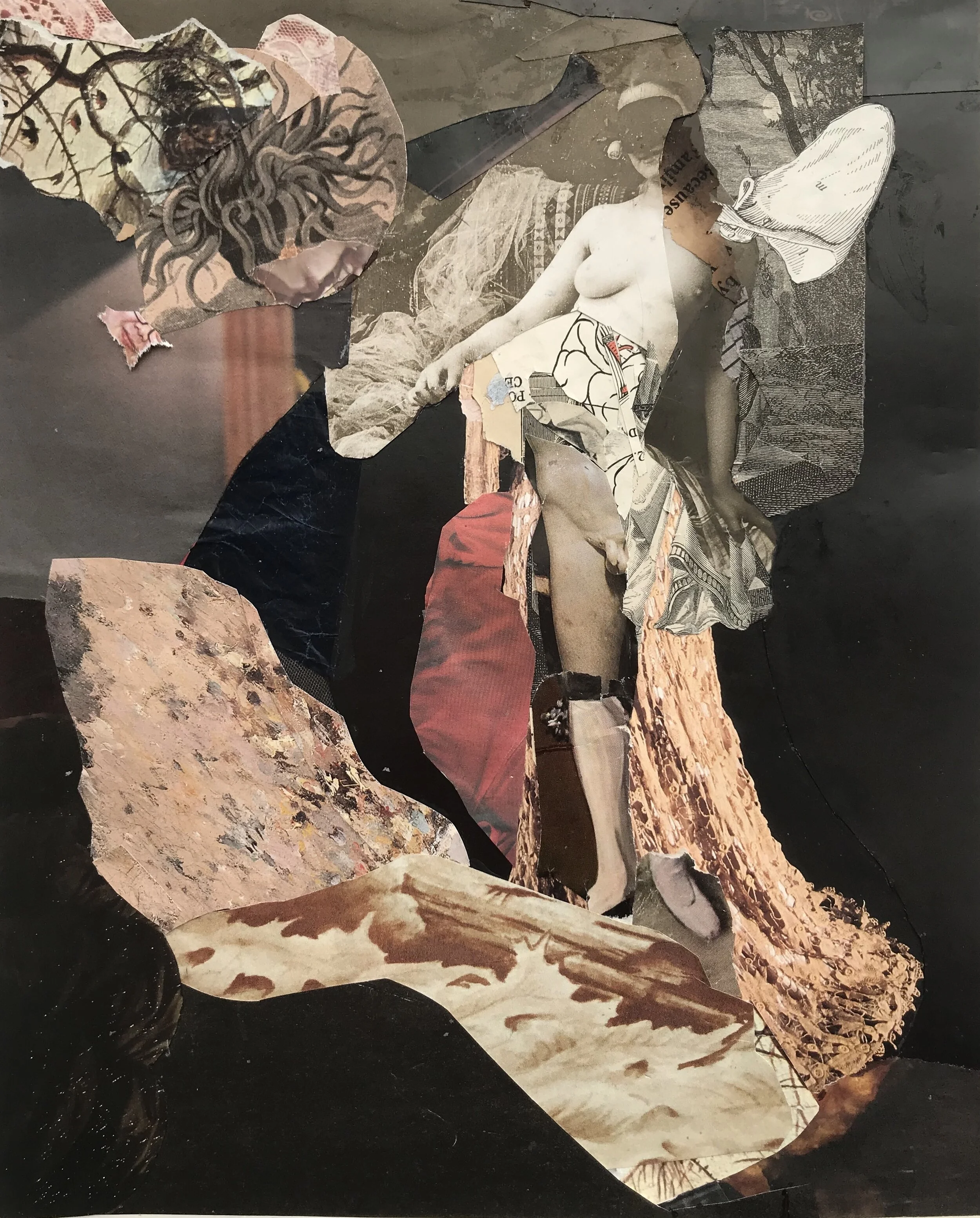Dark Passages
OSGF
By Kathy Bruce
Q&A With Kathy Bruce
Where have you been for the past few months?
While traveling abroad I was caught by surprise geographically between Scotland, Spain and the US at the onset of the Coronavirus and missed my opportunity to return safely home to my US home and studio in Upstate NY. My project for CACiS Center for Contemporary Art & Sustainability in Spain was suspended, and as an artist with a longstanding autoimmune disorder, I consequently ended-up unexpectedly sheltering-in-place with relatives in England. Since the beginning of March 2020 I have been living in a relative’s house in suburban Liverpool.
Historically, what ideas, issues, and subject matter(s) have inspired your works?
Before the pandemic, my work was characterized by large environmental installations of women that incorporated live plant material in or around bamboo structures built in situ within Nature. Poetry, literature and mythology are the subject matters that inform my response to the natural environment in particular geographic locations. I build sculptures using natural organic materials corresponding to the climate, eco-system, and plant life in the environment which calls to mind an association between women and nature.
My smaller works took the form of collages exploring themes exploring the relationship between women, plants and nature. What interested me most prior to the pandemic was thinking about the way in which the human body/anatomy corresponds to structures in nature, plants, trees, and the landscape. This could manifest itself either internally or externally in the form of patterns, designs, or metaphorical context; the subtle yet enchanting similarities between the inner life of plants and trees and humans. My question remains an ongoing one--What are humans if not plants and trees, themselves made-up of organic material?
What creative projects are you currently working on?
The collages I am making are about our relationship with the natural environment and the isolation, fear and distancing we are all living with as the result of this pandemic. I am focusing particularly on the notion of how nature and diseases such as the Coronavirus are inter-connected with human anatomy and plants.
Since the End of February I have completed 36 collages as a response to Covid-19 with many more in progress. Before the pandemic the theme of my last series of collages were titled, “Environmental Fairytales” which of course, has taken a peculiarly dark turn now since the introduction of the virus.
My other creative endeavor has been that of converting a tiny plot of land behind the garage into a micro-vegetable patch where I have planted runner beans, lettuce rockett, courgettes, carrots, basil, potatoes and beetroots.
How has your artistic practice changed during this time?
Normally, I travel to international geographic locations to create large-scale environmental site-specific installations however, in March 2020 when Covid-19 hit worldwide, almost overnight my global sculpture practice came to a halt.
Currently, my “makeshift indoor studio” here in England is a table from the garage placed at my bedroom window equipped with books, glue, paper, and a selection of collected objects from my suitcase. Although I continuously)made collages as a counterpoint to larger work, in this significant turn-around, I have now adapted the scale of my outdoor public art practice to tabletop size.
As an artist self-isolating with a disability, my artwork is the only vehicle to record my despair and response to the myriad of issues, emotions, and my physical withdrawal from working in natural spaces that I am normally accustomed to. I now create while looking out at a suburban view of ”nature” from my Liverpool window.
Has COVID-19 shifted how you think about the natural world?
While some artists may find this as a time to reconnect with the natural world around them, for me, it has signaled a withdrawal from my usual art practice that normally takes place outdoors in woods, parks, gardens and public spaces. However, this shift to an indoor studio has afforded me the time to focus clearly on how to represent my ideas of the natural world on a more intimate, intense, 2- dimensional scale. Consequently, it has become a time to reflect rather than a time of action.











